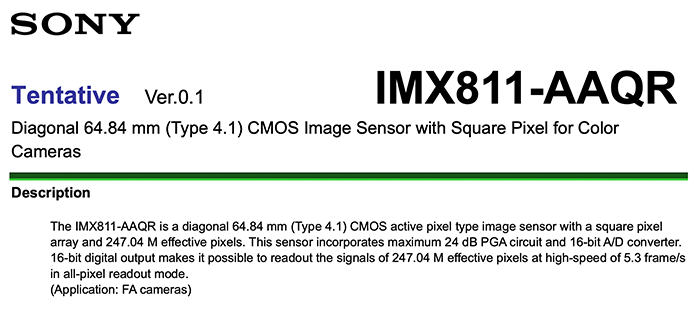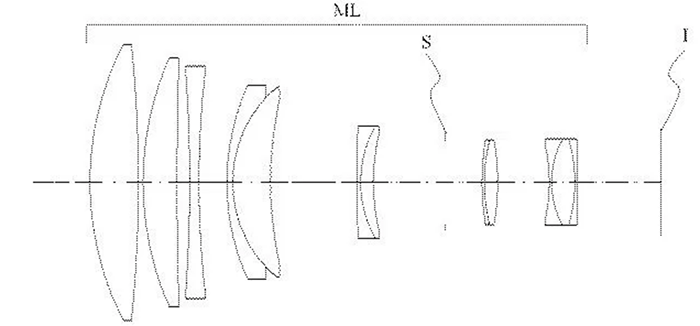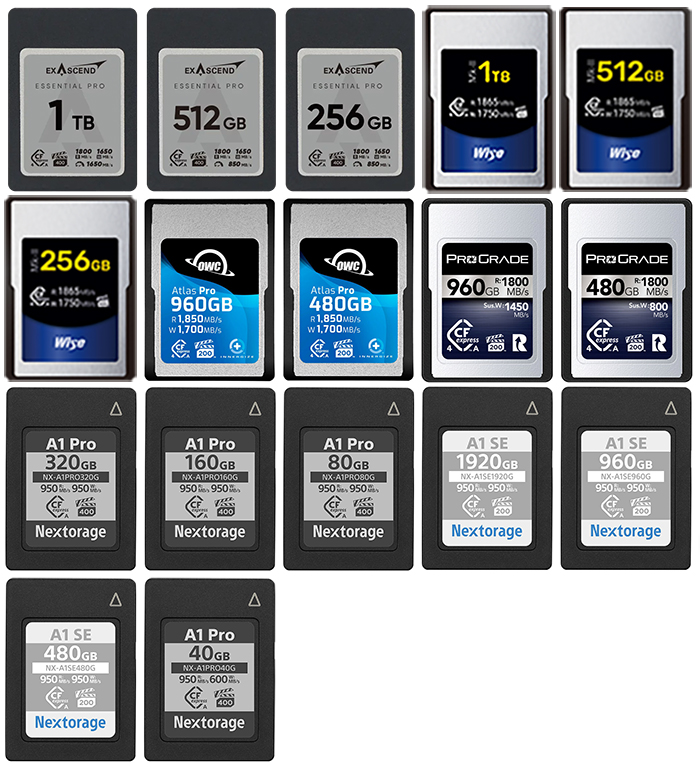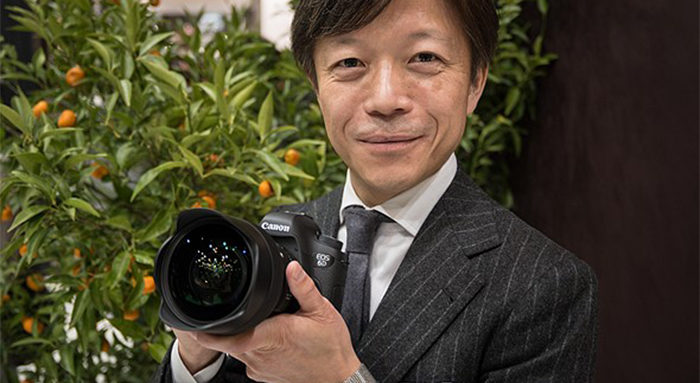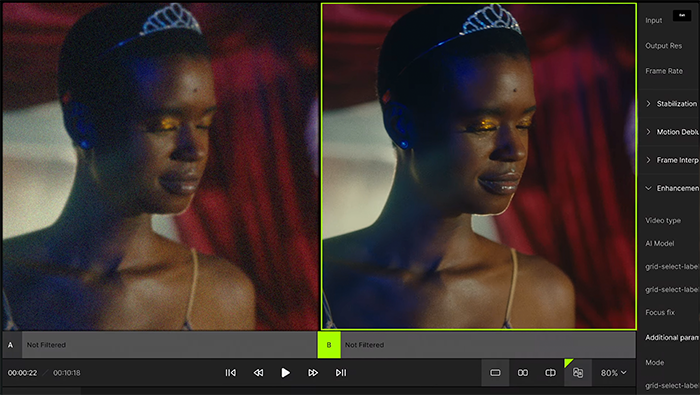NHK aims to commercialize “curved imaging devices” by around 2030
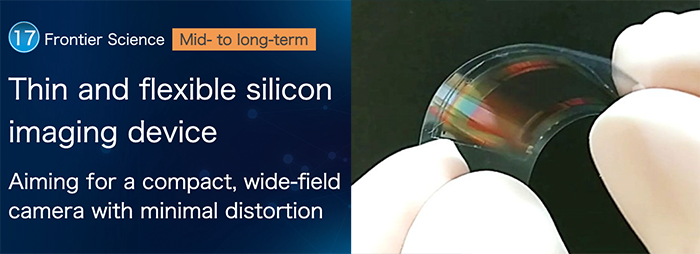
One of the possible major leap forwards in terms of Image Quality could come from the use of curved sensors. Sony has plenty of patents showing their ideas but the question is when this tech will be ready for mass production. Now we got news from NHK Technical Research Laboratories:
NHK Science & Technology Research Laboratories aims to realize a small, wide-field camera with little distortion. They are continuing their research into a silicon imaging device that is 0.01 mm thick and can be bent freely, and aim to establish the technology to manufacture concavely curved silicon devices by 2025 and put them into practical use by around 2030. NHK Science & Technology Research Laboratories has been researching curved image sensors / curved silicon devices for some time now.
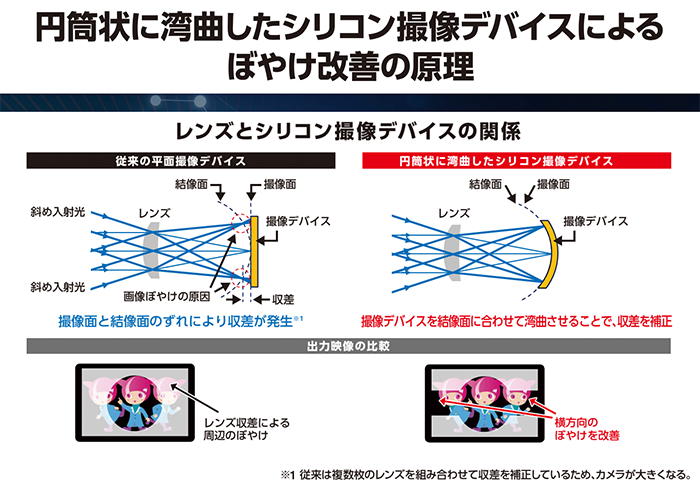
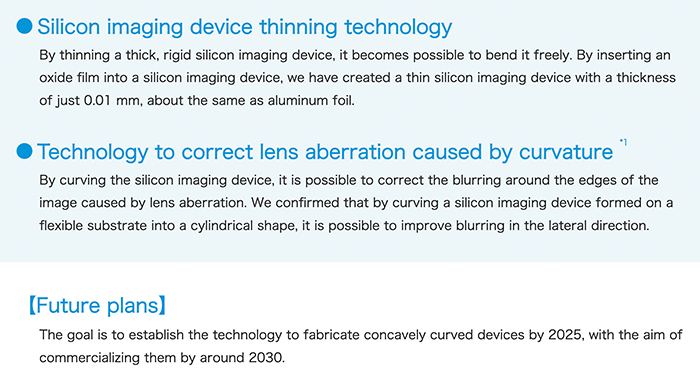
Curved sensor allow to get sharp images from corner to corner. Moreover lenses can be about 33% less compact than current lenses because they will not need to use the glass necessary to correct for distortions and loss in sharpness.
But it’s clear that this tech will not be ready any time soon…
–
via DClife
